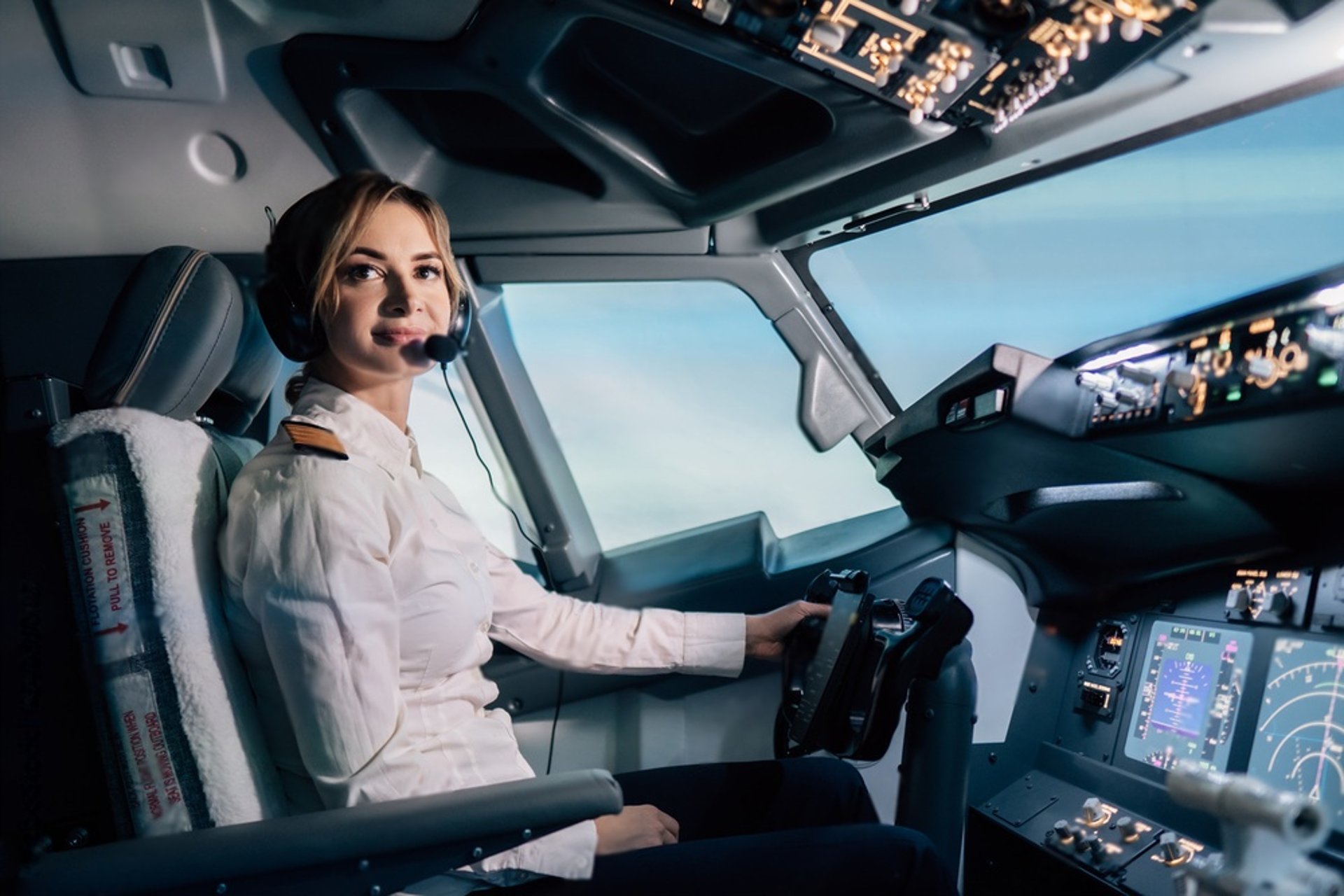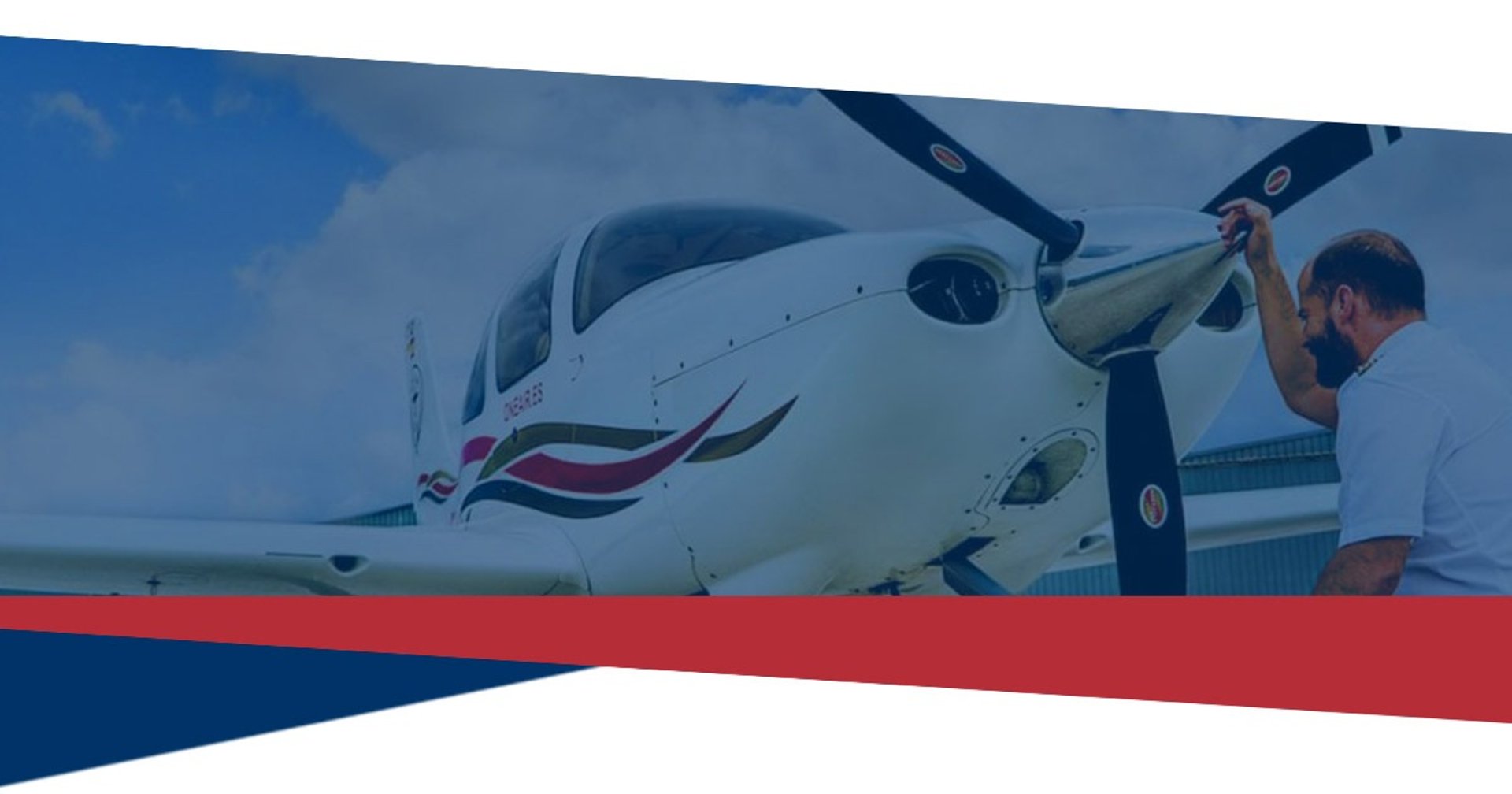
Private Pilot License (PPL)
What is a Private Pilot License?
A Private Pilot License (PPL) is one of the most popular types of pilot certifications. In the United States, it is officially referred to as a Private Pilot Certificate and serves a similar purpose to a driver’s license for automobiles. Obtaining this certification allows you to legally operate an aircraft. Private pilots are trained to independently navigate small aircraft, and the training encompasses various skills, including aircraft maneuvers, navigation, emergency procedures, and cross-country flight planning. While some pursue the certification for recreational or sport flying, it is also a significant milestone on the path to becoming a professional airline pilot.

What Can I Do With a Private Pilot License ?
The Private Pilot Certificate allows you the freedom to fly in and out of all civil airports. With this license, you can engage in a variety of activities, from flying to a nearby airport for lunch to traveling across the country or even around the world without the need for commercial air travel. As a private pilot, you can take friends and family on flights, practice flight maneuvers, or participate in numerous exciting programs that introduce others to the world of aviation.


Which Types of Aircraft Can I Operate with a Private Pilot License?
Private pilots have the privilege of flying any aircraft for which they hold the appropriate ratings. "Appropriate ratings" refer to the successful completion of training in a specific category and class of aircraft. For instance, a "category" could be an "airplane" or "helicopter," while a "class rating" might be "single-engine land," indicating the aircraft has one engine and is designed for land operations rather than water.
Upon earning a Private Pilot Certificate with an "airplane, single-engine land" rating, pilots can serve as pilot-in-command (PIC) in any aircraft that meets this classification, regardless of the training aircraft. For example, although you may have trained in a Cessna 172, you are also qualified to operate other single-engine land airplanes, such as a Piper Archer.
As the pilot-in-command, you bear the ultimate authority and responsibility for the aircraft's operation and the safety of the flight. Certain aircraft, however, may require additional authorization known as endorsements, such as those for tailwheel or high-performance aircraft, before you can act as PIC.

How Long Does It Take to Obtain a Private Pilot License?
Earning a Private Pilot License (PPL) is a significant achievement and a key step toward becoming a licensed pilot. The timeline for obtaining a PPL can vary based on individual circumstances, but typically ranges from a few months to a year. Here’s an overview of the factors that influence the time it takes to earn your PPL:
1. Flight Training Hours
The Federal Aviation Administration (FAA) requires a minimum of 40 flight hours for a PPL, including at least 20 hours of flight training with an instructor and 10 hours of solo flight. However, most students need around 50-70 hours of flight time to feel confident and fully prepared for the flight test.
2. Student Availability
The time you can dedicate to flight training significantly impacts the duration of the process. Frequent training sessions, such as 2-3 times a week, can help you progress faster. If you’re only able to train once a week or less, it may take several months longer to achieve your PPL.
3. Weather Conditions
Adverse weather can delay flight lessons, especially if you’re training in areas prone to fog, storms, or strong winds. Choosing a location with favorable flying conditions can help reduce weather-related delays.
4. Flight School Availability
The scheduling availability of your flight instructor and aircraft can also affect the time it takes. Choosing a flight school with flexible scheduling and a large fleet of aircraft can help minimize downtime between lessons.
5. Consistency in Training
Maintaining a consistent training schedule is essential for skill retention and steady progress. Breaks in training can result in the need for additional review lessons, which may extend the overall timeline.
Conclusion
On average, aspiring pilots can expect to earn a Private Pilot License in about 3 to 6 months with a consistent training schedule. However, it could take up to a year or longer depending on individual circumstances. By understanding the factors that influence the duration and planning accordingly, you can achieve your dream of becoming a licensed pilot more efficiently.
Start your journey toward earning a Private Pilot License today and take to the skies with confidence!

Request More Information
Ready to become a pilot? Fill out the form now to apply and start your journey today!
Elevate your career with our pilot training.
STAY TUNED!
© 2025. All rights reserved.

Pilot Training Programs
FAQs
How to Become a Pilot
How can I become a pilot after 12th
What is the Salary of a Pilot
FAQs
